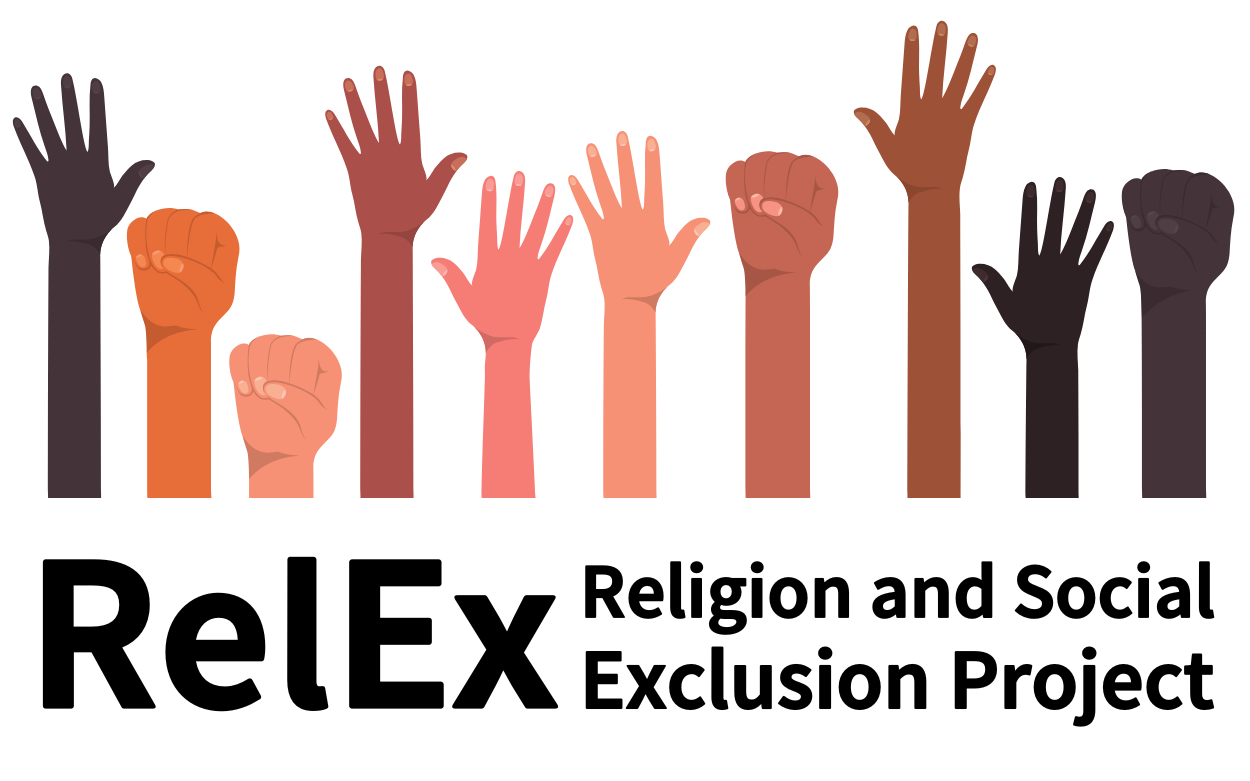Ethnic Minority Groups
Ethnic and Indigenous minority groups and communities have historically experienced several types of social exclusion, including restrictions on access to education, political participation and self-determination, and denial of rights to ancestral lands. For these types of groups, religion often provides an important source of collective identity, yet their religiosities have often been socially and culturally devalued by majority institutions and groups. RelEx focuses on four ethnic minorities and/or indigenous groups that are each associated with particular forms of religion and that each face several types of context-dependent social exclusion. These particular groups have been chosen in careful consultation with our international partners.
The Sámi indigenous people have traditionally lived throughout northern Norway, Sweden, Finland, and Kola-peninsula Russia. In Finland, they currently number around 10,000. As a legally recognized Indigenous people in Finland, the Sámi have the right to preserve their language, culture, and traditional livelihoods, although their rights to ancestral lands remain contested. The forms of social exclusion that the Sámi face today mainly relate to their historical experience of forced assimilation, previous systematic efforts to degrade their indigenous culture and religion, and an enduring general lack of interest on the part of the Finnish state towards their land, language, and culture. The majority of the Sámi are nowadays members of the Evangelical Lutheran Church, with many adhering to the conservative revivalist Laestadian movement.
The Fulani pastoralists count among the dominant ethnic groups of Western Africa, and currently number around 300,000 in Ghana where they are designated as a “non-indigenous ethnic group.” The Fulani face multiple forms of both concrete and prejudice-based social exclusion, including denial of citizenship and restrictions on political participation, land ownership, access to healthcare, and education. While Ghana is predominantly Christian, the large majority of Fulani self-identify as Muslim, but also face additional ostracism for being associated with the practice of traditional “black magic” juju.
The Awajún people are the second most numerous indigenous people of the Peruvian Amazon and currently number around 70,000. They face significant challenges related to land rights and the maintenance of traditional livelihoods due to environmental degradation resulting from the extractivist politics of the Peruvian state. They are legally recognized and maintain an autonomous government through which they form their own policies for education, health, and welfare. Yet, the Awajún are economically marginalized and have limited access to education, healthcare, and employment opportunities. While evangelical Protestantism and Catholicism both have a strong foothold among the Awajún, many adhere to the ancestral spirit worship of the indigenous Awajún religion.
The Santal tribal people are an ethnic group native to India and Bangladesh and currently number around 2.5 million in West Bengal. The Santals face multiple forms of social exclusion such as limited access to education, healthcare, and economic resources. Depending on the region, Santals are either designated as part of the most socio-economically disadvantaged “scheduled tribes” or the most educationally deprived “other backward class.” The polytheist religion Sarna plays a central part in the life of the Santals, but it is yet to be recognized by the Constitution of India and is often looked down upon by higher caste Hindus.


